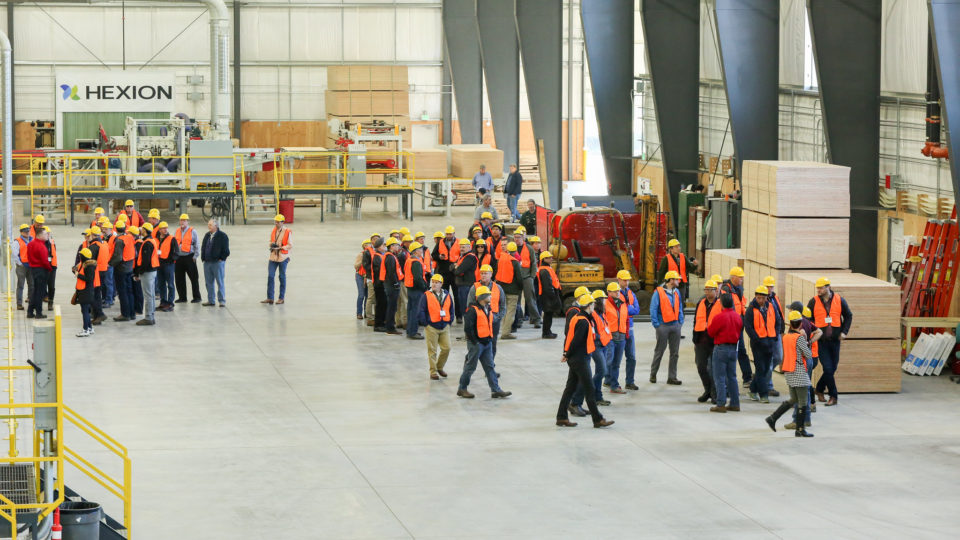Mass timber is a type of construction typically characterized by the use of large solid wood panels for wall, floor, and roof construction. Large structural panels, posts, and beams glued under pressure or nailed together in layers, with the wood’s grain stacked perpendicular for extra strength – are prized as innovative building materials, superior to concrete and steel in many ways. Mass timber has pushed the perceived boundaries of wood construction, leading to building heights and spans that traditionally have required concrete, steel or masonry for structural support. The move to mass timber has become something of a construction revolution and many see it as a significant part of a climate change solution.
The question is just how green is mass timber construction? How sustainable is it in terms of the forest management, logging, manufacture and transportation of wood products involved?
A number of environmental groups are very skeptical. There is not yet comprehensive data on the subject. Only recently have interdisciplinary scientists begun to study the potential climate impacts of the wide use of mass timber.
Despite these questions, the mass timber industry is taking off. Demand for mass timber posts and beams has led to new sawmills opening in the U.S. Northwest and many new jobs for loggers.
The aesthetics and economics of mass timber are both very attractive compared with conventional large-scale construction materials. The real unknowns relate to the environmental impact of its widespread use. If that can take place in a sustainable and environmentally conscientious way, it would be very important in the fight against climate change. Carbon dioxide emissions from the building industry account for more than a third of global emissions, primarily from the concrete and steel industries.
**********
Web Links
As Mass Timber Takes Off, How Green Is This New Building Material?
Photo, posted March 19, 2018, courtesy of Freres Lumber Co via Flickr.
Earth Wise is a production of WAMC Northeast Public Radio.
